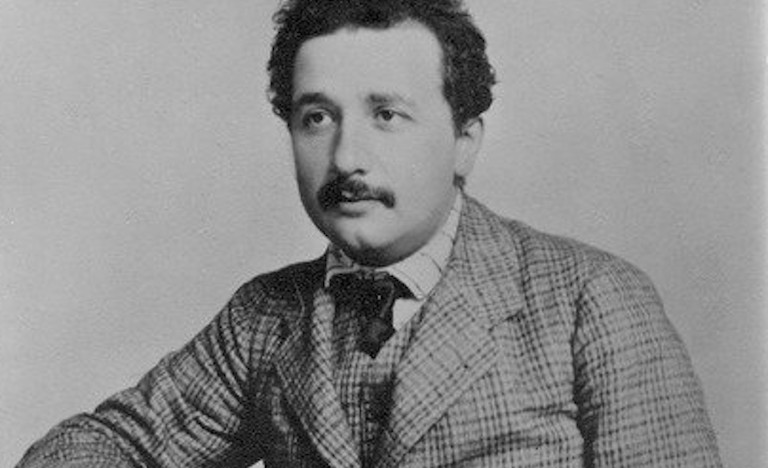Bern

The Patent Office
After Einstein graduated from the Zurich Polytechnic Institute Zurich in 1900, he unsuccessfully tried to get an academic appointment for two years. Two things were not in his favor. First, his field (theoretical physics) was an emerging discipline with few vacancies. Second, and more seriously, Einstein's adversity made it nearly impossible to get good references from his professors. In 1902 he gave up and took a job at the Swiss patent office in Bern. As "Technical Expert Third Class", Einstein had to assess the technical merits of each application. Einstein enjoyed the varied work and thanks to the money he was able to marry Mileva Marić.
Olympia Academy
In Bern, Einstein and two friends, Maurice Solovine and Conrad Habicht, started a club that met regularly to discuss science and philosophy. They called themselves the Olympia Academy, making fun of the sometimes exaggerated names of erudite companies. Among other things, the club discussed the works of philosopher David Hume and mathematician Henri Poincaré. Although the club only existed briefly because both Solovine and Habicht left Bern after a few years, the three remained lifelong friends.
Miracle Year
Einstein continued to do scientific research in his spare time. In 1905, his name finally appeared on the international scientific stage. In that year he published four revolutionary treatises. First, using the emerging quantum theory, he explained the photoelectric effect (how certain metals generate electricity when exposed to light). He then turned his attention to Brownian motion, the apparently random movements of particles in air, which he attributed to collisions with atoms, demonstrating the existence of these hitherto controversial particles. In the other two publications he outlined his special theory of relativity. In the first he rewrote the book about the movement of fast-moving objects and in the second he came up with his famous equation E=mc2. No wonder the year 1905 is called Einstein's "miracle year".